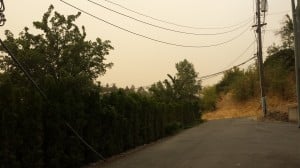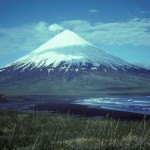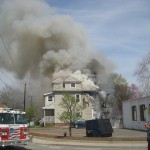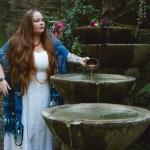I love maps. I love their aesthetic. I love their usefulness. I love the wide variety of information we can gleam from any one map. I love seeing how maps change over time. Wouldn’t it be useful if the spiritual life came with a map? This way to the Springs of Refreshment! Avoid the Pits of Despair!
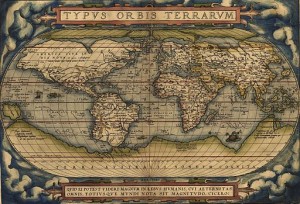
I’ve written extensively about how Southeast Alaska is my sacred land. But what does that mean? I have no lore for it. No ritual. There is lore and there are traditions with the land, traditions about animals, foods, art, spirits – but it’s not my culture. I grew up learning about some of the Tlingit myths and traditions in school, but it didn’t have any direct relevance to my family or way of life. Now I wish I’d listened more closely to the stories or attended a Celebration gathering. I wish I’d learned more about the plants or learned to hunt.
What does it mean to have sacred lands that one doesn’t live near? How can I transform Olympia into my sacred land? Can I just choose to make it so? Thinking about sacred land raises for me issues of cultural appropriation, lamentations for my transitory life, and the problems of modern culture and its lack of connection to Land.
If we connect to sacred land externally, then the spiritual landscape is surely the map of our inner experience. I wish I was a visual artist. My map would have lush forests, bone dry deserts, dark nights of the soul, all winding up the spiritual mountain. I’ve decided to plot out my own version of my internal spiritual map. I’m going to enlist my graphic designer husband to help me out.
Perhaps exploring the map of my internal spiritual landscape will help me connect more intimately with sacred land.







